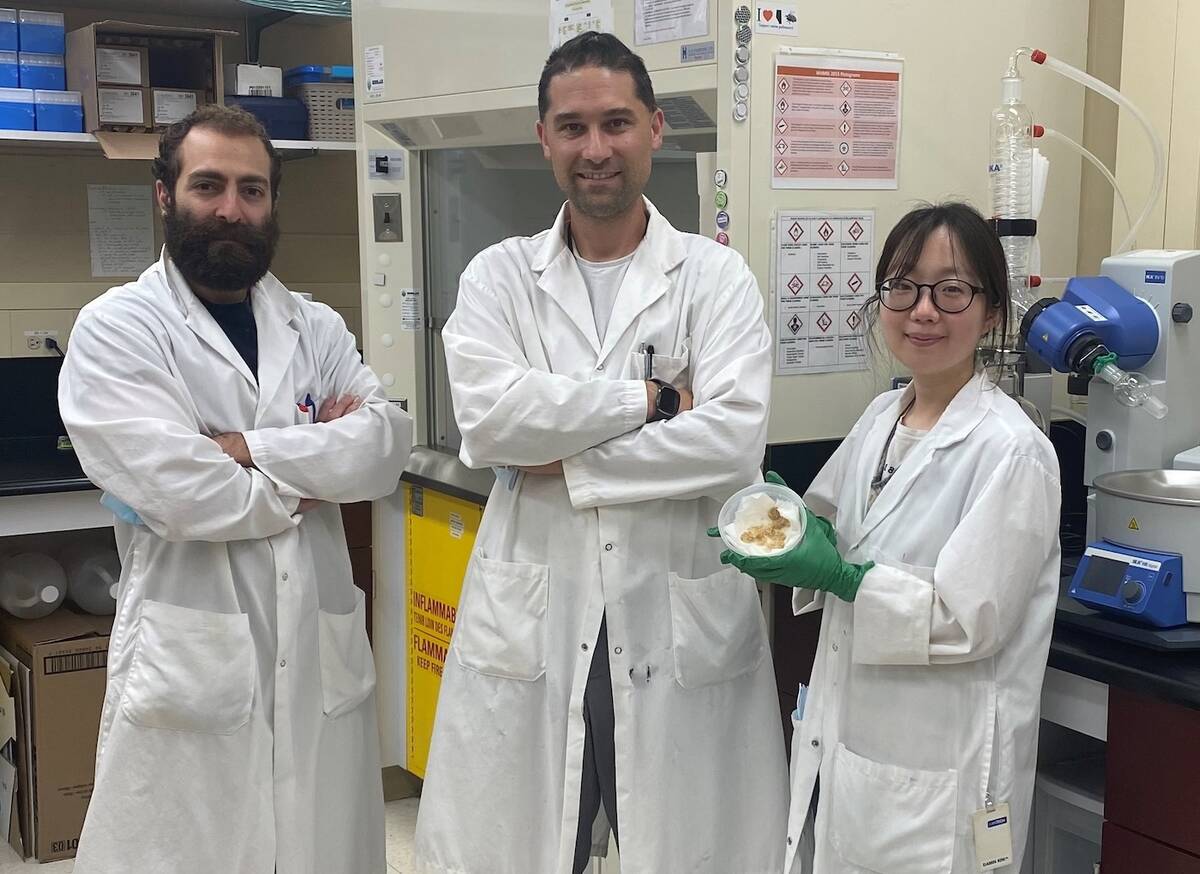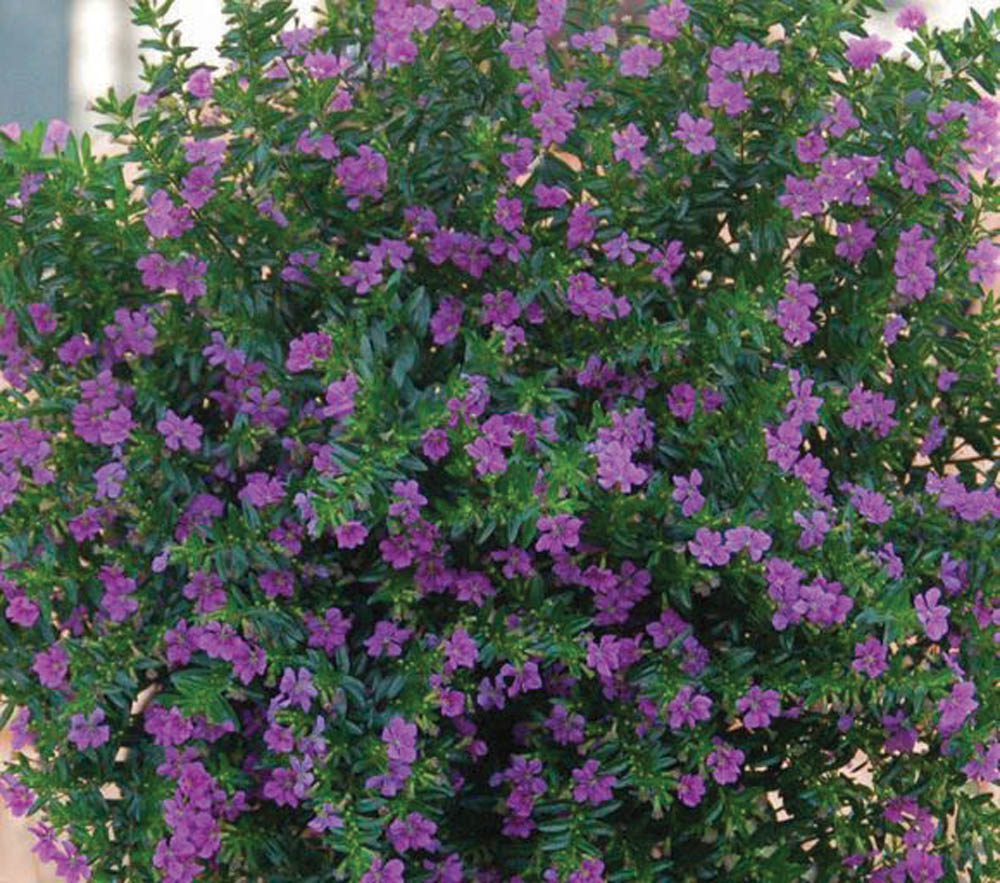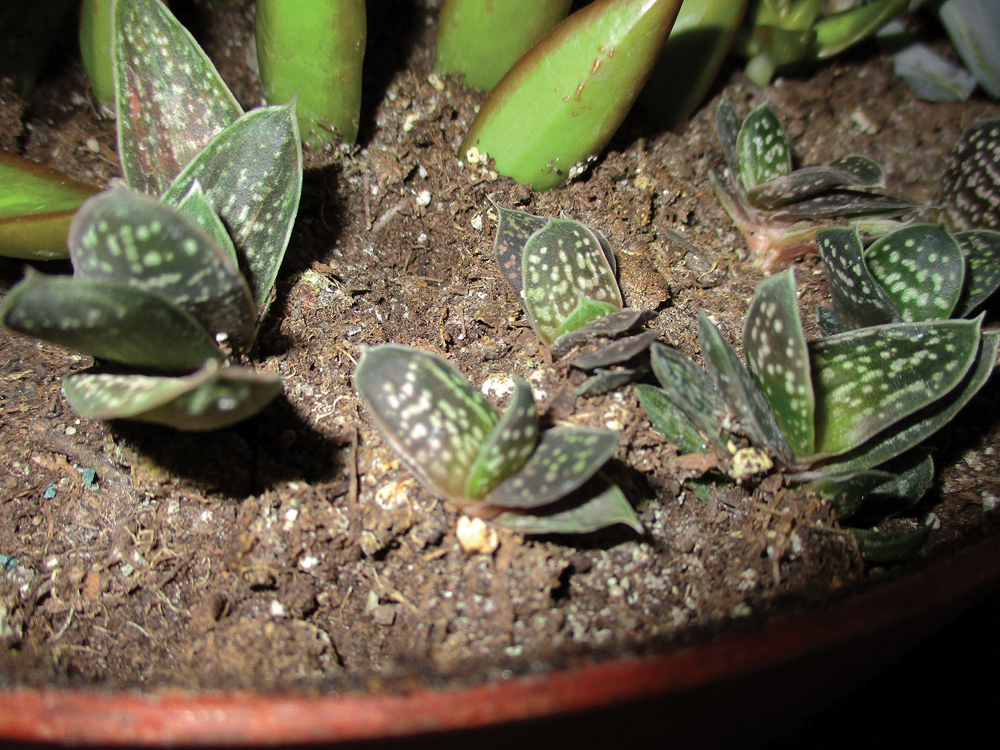FREELANCE CONTRIBUTOR
Gardeners who have houseplant collections must be vigilant during the winter months to catch any insect infestation before the insects get out of hand and do irreparable plant damage. A single aphid might get into the house before freeze-up or a few may have hitched a ride inside on some vegetables or plants that were brought indoors in the fall. These intruders can go unnoticed for quite some time, but as the aphids multiply, the damage they are inflicting on houseplants will become noticeable or the insects themselves will be numerous enough that they will be seen.
Read Also

Nanotechnology used to develop genetic pest control
Researchers from Agriculture and Agri-Food Canada are working with nanotechnology and RNA to develop new pest insect control methods as an alternative to chemical spray on crops.
I move a large number of plants indoors for the winter; most of which will go in my all-season sunroom. I check for insects before I bring the plants indoors and take precautionary measures such as giving each plant a good blast with the water hose and lightly spraying particularly susceptible plants with an aerosol insecticide or some insecticidal soap. Even after having taken all possible precautions, however, it is not unusual to find an insect infestation in my sunroom as winter arrives.
I have quit trying to winter over plants which are extremely prone to insect attacks. Impatiens and annual salvias are some plants that I no longer bring indoors; I always seemed to battle bugs all winter on these plants, including aphids, white fly and spider mites all of which I find are very difficult to eradicate once they have a foothold in an indoor garden.
Aphids are my most common insect problem and they are perhaps the easiest to eradicate. They are soft-bodied, sucking insects that tend to congregate on new growth, near the tips of branches or on flower buds, attaching themselves along the stems or on the leaf surfaces so they are quite noticeable. Aphids can be winged or wingless and measure less than one-eighth inch in length. They can be green, red or black, with the green ones being the most common and known as pear aphids. As aphids suck plant juices they cause leaves and stems to become distorted and they often leave a shiny residue on the plant a combination of plant sap and honeydew. They multiply rapidly and it only takes a week or so for new nymphs to grow into adults and begin to reproduce themselves so an infestation can develop very quickly.
If aphids are found on a plant, the plant should be isolated from other plants to prevent the spread of the insects. I spray the infected plant with insecticidal soap or an aerosol insecticide and let it stand for a couple of hours, then spray the plant with water to wash off the dead insects, eggs and insecticide residue. If I have a badly infested plant I mix up an insecticidal soap solution in a suitably sized bucket and simply dunk the entire plant head first into the solution a plastic bag fastened securely around the pot s surface will prevent soil from escaping as the pot is inverted during this process.
A treated plant must be checked carefully in the ensuing weeks to ensure that a recurrence of the infestation does not occur. Careful observation of any nearby plants is also a good idea as aphids spread easily from plant to plant. Be sure you are on the lookout for unwanted insects on your houseplants this winter.
Albert Parsons writes from Minnedosa, Manitoba
———
Red aphids are evident on the stems and foliage of a heliopsis plant in the outdoor garden.PHOTO: ALBERT PARSONS














